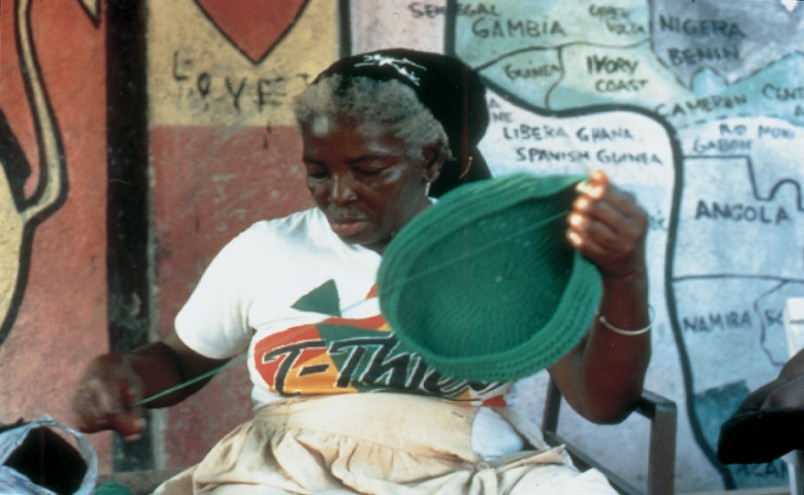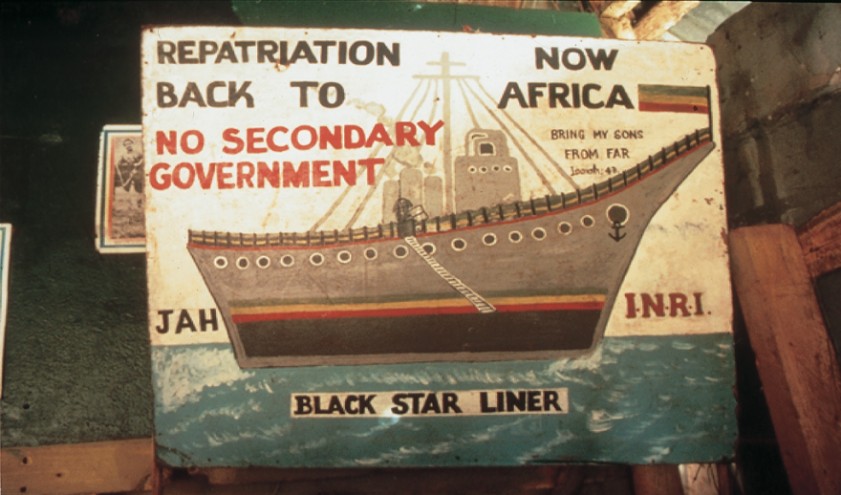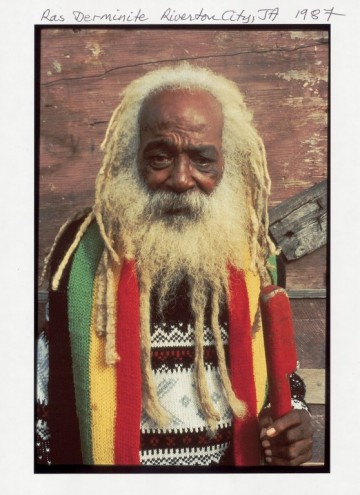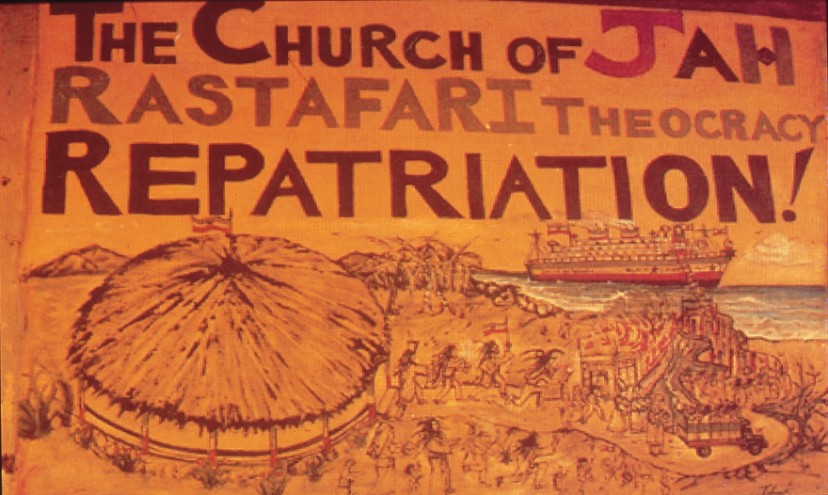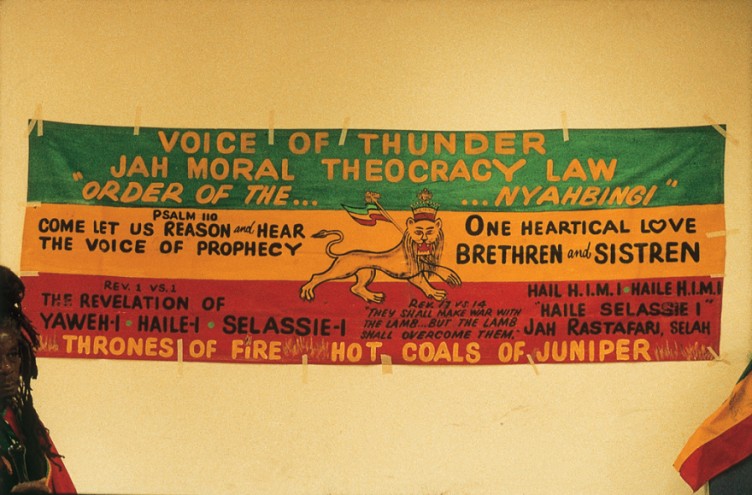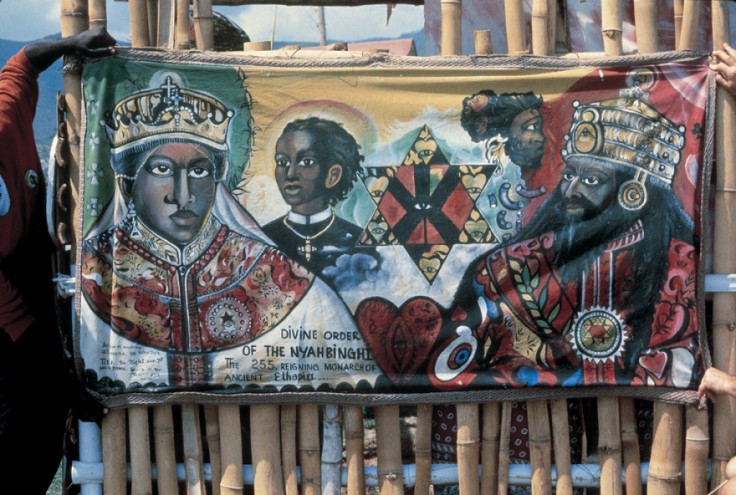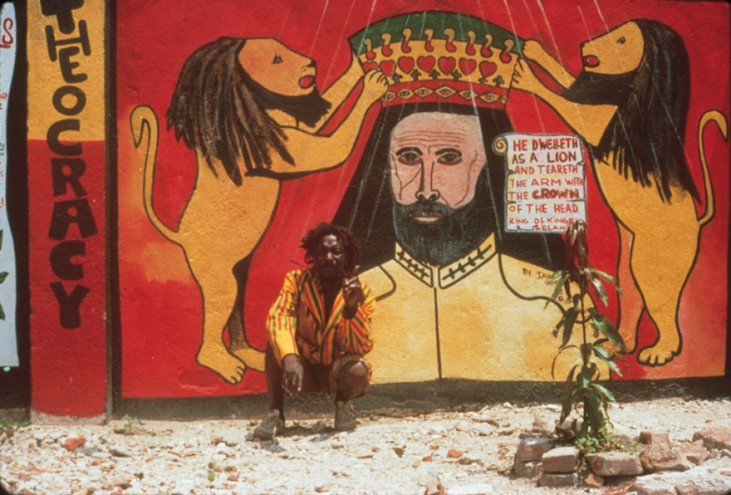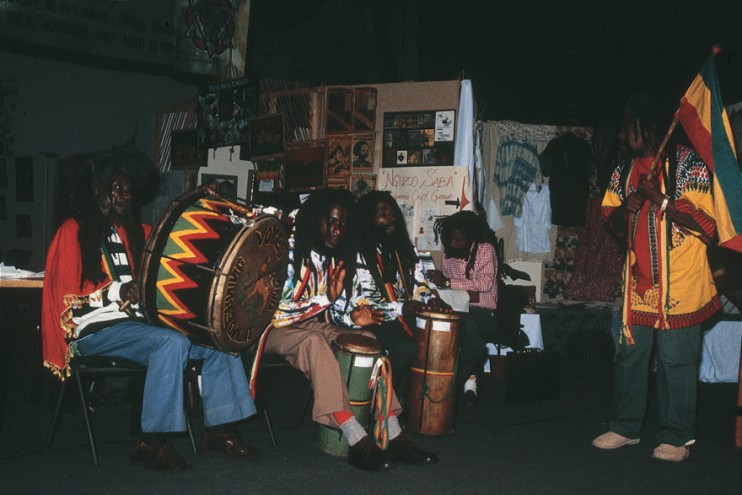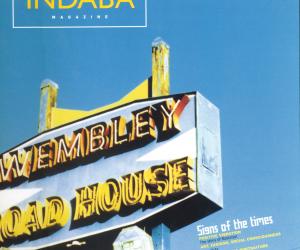First Published in
In researching this story, a number of people were (anonymously) asked to mention the first thoughts that came to mind when they heard the words 'Rasta', 'Rastafari' or 'Rastafarianism.' (In fact, feel free to do the exercise yourself before reading any further and see what comes up.) The responses were unsettling, with words like 'weed', 'crazy', 'fanatics', 'blacks', 'dope-heads', 'dirty', 'dread-locks', 'Bob Marley' and 'reggae' popping up several times each and confirming the lament of Ras Mortimo Planno.
Rastafari* has always presented a challenge to the world. Negative, positive or neutral, practically everybody has an opinion on it, whether or not they can back their theses up with factual evidence. The consequences of this have been outright dismissal, mockery, resentment, misunderstanding and even abuse (both verbal and physical). Rastafari have often been portrayed in the media as "crazy, fanatical blacks with a drug problem" and described by various derogatory and defamatory terms such as "a bizarre cult suspected of violent crimes." This stands in direct contradiction to their stated calling of "peace, love and a-unity" (sic).
So what is the real story? Who are these people and what are they about?
"The greatest dangers to liberty lurk in insidious encroachment by men of zeal, well-meaning but without understanding."
Justice Brandeis, USA
This article is dedicated to helping deconstruct the myth of the "inscrutable" Rastafari mind by detailing the religion's visual characteristics and delving a little into its reasonings* (as much as that can be achieved in nine pages of words and pictures).
Legend
The name of the religion is derived from Ras Tafari (Amharic for "Head Creator"), the birth name of His Imperial Majesty Emperor Haile Selassie I of Ethiopia, who is also the Divinity of the movement.
Nyahbinghi* is the orthodoxy of observance, but every Rastafari is free to choose how they "sight up" - i.e. look up to Jah (God). In this way, Rastafari is an open-ended proposition, an open path for one's life.
Exodus - Movement Of Jah People
Rastafari is based on the foundational precept of the right of repatriation to Africa under the divine guidance of Emperor Haile Selassie I. Firmly rooted in African heritage, this religion was born in the western diaspora post-slavery in which an estimated 25 million black people made it to America as slave labour and three million perished in transit at sea (a history famously recounted in Bob Marley's hit Buffalo Soldier).
Formalised over the past 70 years, the Rastafari religion is a code of beliefs, a spiritual consciousness and a culture that strives to advance the cause of African liberation, both spiritual and physical.
The internal process of discovering and acknowledging one's African identity also happens to manifest physically and this representation of the religion is often mistakenly assumed to be its substance.
Natty Dread
Yawney describes dreadlocks as "the primary external symbol of Rastafari identity." Dreadlocks are a 'crown,' a sign of the covenant between Jah Rastafari (God) and the believer. Hair symbolises strength (as in the Judaeo-Christian heritage) and is a symbol to identify believers. As one Rastafari sister put it "(dreadlocks are) for someone who is strong enough to accept the tribulations and challenges that come with having them."
Kaya - The Herb of Truth and Wisdom
A natural product, Cannabis has many functional uses (raw material for twine, rope etc). In Rastafari, it is regarded as spiritual healing food. (For centuries, Hindus in India have also used the herb in meditation). Its sacramental function in meditation is to raise up the spirit, the 'I' within, to commune with God.
"Because Rastafari seek to know God directly, the ingestion of herbs encourages inspiration and insight through a visionary state sociologists would characterise as a transcendent experience. The herbs also function as incense that accompanies praises to the creator and as a communion that accompanies 'reasoning,'" says Yawney.
Stir It Up
Ritual worship sessions involve drumming, chanting and singing in which Rastafari experience mystic revelations through meditation. The Nyahbinghi ritual process of drumming, an important part of the observance, is believed to produce a natural vibration filled with positive messages of black redemption and liberation, bearing popular themes of harmony, justice, equality, peace and love. It is also a celebration that has power to invoke the spirit of Queen Nyahbinghi.
Chant Down Babylon
Two central tenets of Rastafari are 'long-suffering' and 'patience.' In seeking non-violent resolution to its objection to downpression*, the weapon of choice is the spoken word. 'Wordsoundpower', believed to bring personal and collective overcoming, often takes the form of chanting verses from the Bible.
Redemption Song
Traditionally, young people were 'grounded' in Rastafari and 'came up' in the faith with the benefit of face-to-face teaching in small groups. They would gather in the yard of an elder in a sacred circle of reason, and 'pray' the sacramental use of herbs in a chalice to come to a common 'overstanding' on spiritual, social and political issues.
However, it was the international reggae explosion in the seventies that helped to disperse the message of Rastafari to a global audience. People started to learn about and adopt Rastafari through popular culture.
Ritual Nyahbinghi drumming, incorporated into popular music, became the intoxicating genre known as reggae with Bob Marley and the Wailers, Peter Tosh and Burning Spear at the vanguard. These reggae greats and others were all captured on wax espousing lyrical content that spoke of the motherland, community, peace, love, liberty etc - all foundational principles of Rastafari.
To offset the foundational grounding lost in the "hurry come up" (accelerated) process of this musical revolution, Nyahbinghi elders then started to travel around the world on missions to bring the teaching / orthodoxy of "I-tal livity" or the natural, pure way of life (vegetarianism, drumming etc). In 1982, the first international Rastafarian Conference was held in Toronto.
'There's a natural mystic flowing through the air… if you listen carefully now you will hear'
Bob Marley
Visual Culture
While Rastafari is primarily an internal journey, certain (external) symbols and rituals have been formalised and certain visual codes established that identify it. There is no arbitrary visual manifestation. Every symbol has a spiritual significance and, naturally, bears the central theme of Africa. As Yawney says, "Africa is the key you can use to unpack the symbolism of Rastafari."
A recurring motif is the literal representation of the actual shape of the continent. This appears regularly in Rastafari artwork, from pendants and T-shirts to banners, posters and books. It even refers in non-verbal communication in the presentation of linked hands with thumbs pressed together to form the shape of Africa and the fist salute, an ancient call of 'power to the people'.
Red, gold and green are a recurring colour scheme on just about all Rastafari accoutrements - hats, head wraps, scarves, wristbands, banners, earrings, beadwork, drums and other musical instruments. The scheme is taken from the flag of Ethiopia (the promised land to Rastafari). Although commercial reproductions sometimes reverse the colours, the orthodoxy is that red should always appear at the bottom when combined with the other two. Red stands for the blood shed in "Coercive Genocidal Servitude,"(a.k.a. slavery) as put by Clem Marshall, a self-described African Liberationist Educator. Gold stands for the wealth that was stolen and the "resources of life" that continue to be taken out of Africa. And green stands for the abundance of nature on the African continent. A variation on this theme is green, black and red with a map of Africa in the centre.
The lion is a traditional symbol of Ethiopia and is often used to represent Haile Selassie who is also known as the "Lion of Judah." The lion is sometimes depicted with a human face sporting dreadlocks and a beard in the manner of Selassie himself.
Time Will Tell
Young people continue to connect to the Rastafari vibration worldwide through music - reggae is still popular and its younger variation, ragga, is on the ascendant. Dreadlocks, now considered fashionable, are sported by celebrities, both in and out of context. The Rastafari colour combinations feature in fashion items that appeal across cultures, especially with the hip-hop generation. And 'natural' lifestyles are 'in'. By all accounts, Rastafari is a way of life that will continue to have a place on planet earth, whether in its pure form or in hipper versions for the consumption of those who find the undiluted truth just a tad unpalatable.

